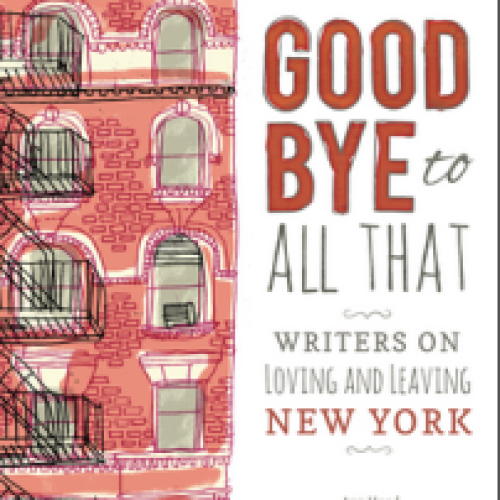New York is a place for dreamers, but, more importantly, a place for dreamers to be sobered and made to feel inadequate. As Didion (once a fresh off the boater from Sacramento), noted of her arrival, “I got off a DC-7 at the old Idlewild terminal in a new dress which had seemed very smart in Sacramento but seemed less smart already.” Everything you wear and everything you think somehow seems less sophisticated once you arrive from another city. Though, Goodbye to All That also covers that rare anomaly of being from New York, and the disillusionment that can occur with other out-of-towners and their vexatious wide-eyed wonder over “the city.”
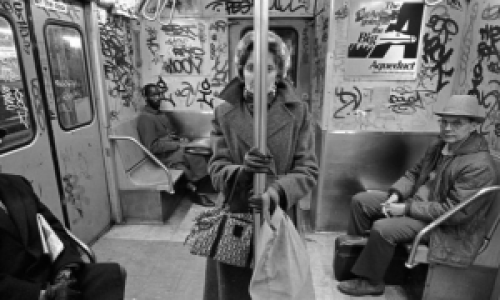
For instance, in Rebecca Wolff’s (a proud and grudging native New Yorker) essay, “So Long, Suckers,” she asserts, “Anyone who’s anyone will at some point move to New York. Or die in obscurity with failed dreams.” This all or nothing stance that New York takes with all who inhabit it is the ultimate measure of Lady Fortuna. The native New Yorkers featured in Goodbye to All That are admittedly arrogant over and protective of their city. And, for the most part, they have every right to be. After all, very few people with the humbleness of Joan Didion move here anymore. Now, it’s generally those who are overly haughty without reason to back it up. And while a certain amount of bravado is needed to “make it” in New York (see: Madonna), most would do well to remember that they are mere visitors in a city largely unimpressed with anything. Except itself.
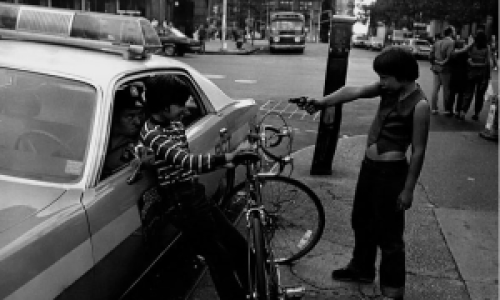
Another distinct anomaly about New York is the specific way that time passes–which is to say, quickly. Across the board, every writer of Goodbye to All That seems to mirror Didion’s sentiment, “Part of what I want to tell you is what it is like to be young in New York, how six months can become eight years with the deceptive ease of a film dissolve…” And this is resoundingly true. For whatever reason, time in New York is more abstract because of how fast it moves, how rapidly everything changes and events transpire. I suppose that’s why it’s easy to feel old here by the age of twenty-five.
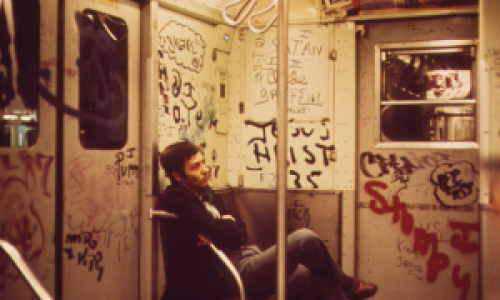
Still, you can’t help but cling to your dreams. You worked so hard to fulfill them by moving here, and then discover that you’re too busy making money to pay much attention to your dreams or “feeling inspired” by anything other than making ends meet. But, as Didion also mentions, “I am not sure that it is possible for anyone who grew up in the East to appreciate entirely what New York, the idea of New York, means to us who came out of the West and the South. To an Eastern child, New York is just a city, albeit, the city, a plausible place for people to live.” To the rest of us, the thought of not succeeding is too rife with disappointment. Even though we know we don’t really belong here, that this isn’t a place you live in the long-term, the act of leaving somehow sounds impossible–as impossible as failure.
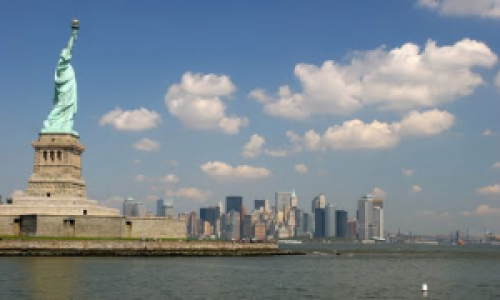
Taking into account the fact that Didion wrote her essay from the vantage point of 1967, when New York was categorically unique and unburdened by the sameness of a corporate chain on every block, it is pertinent to see it as it is now. To quote Wolff, “New York City manifests itself now shame-facedly as a chump-factory, a chump-house. It’s Chumptown. Artists who live there are living dangerously, close to extinction, dangerously close to the source of their art’s diminishment, an ouroboros of economic exigency.” Wolff convincingly tells us that New York holds no magic at all anymore, not even if you’ve just freshly arrived. She goes on to say,
“There’s this thing that happens, where I speak to a twenty-something or thirty-something sweetheart, a Joan Didion who’s moved to New York recently, and I realize at a certain point that their expectations are very low, compared to my own, because they cannot possibly imagine what it used to be like, the New York of the recent past, of the late 1970s, 1980s, 1990s.”

In another essay by Eva Tenuto, called “Crash and Burn,” the pains of having to rely on a “backup plan” instead of what you came to New York setting out to do are explored. With this revelation comes the inevitable onset of alcoholism, or what in NYC should be dubbed “acceptable drinking practices.” Before you even move here, you should have money saved up for your impending drinking habit. Tenuto states, “As I moved away from my dream and became more invested in my backup plan, I became depressed and started drinking more.” It is a simultaneous salvation and damnation to be able to have access to the bar scene in the city. Ultimately, it is what inspires you to stay or propels you to go.

Affording not just the ability to drink, but the ability to “live the lifestyle” also comes up in a reprinted essay from Meghan Daum that appeared in The New Yorker in 1999. Recounting the ease with which one can rack up a certain amount of credit card debt to enjoy all the city has to offer (or even just for basic tools of survival like health care), Daum makes the distinction, “I have not made a life for myself in New York City. I have purchased a life for myself.” This very real statement is indicative of how New York is–especially of late–a city not for the young and ambitious, but for the middle-aged and rich. Of course, this will never stop ingenues from moving here. But no matter how much you think you’re immune to the pitfalls and emotional landmines of New York City, beware “things in this fast-paced, mile-a-minute city could go from thrilling to dismal faster than you knew.”







